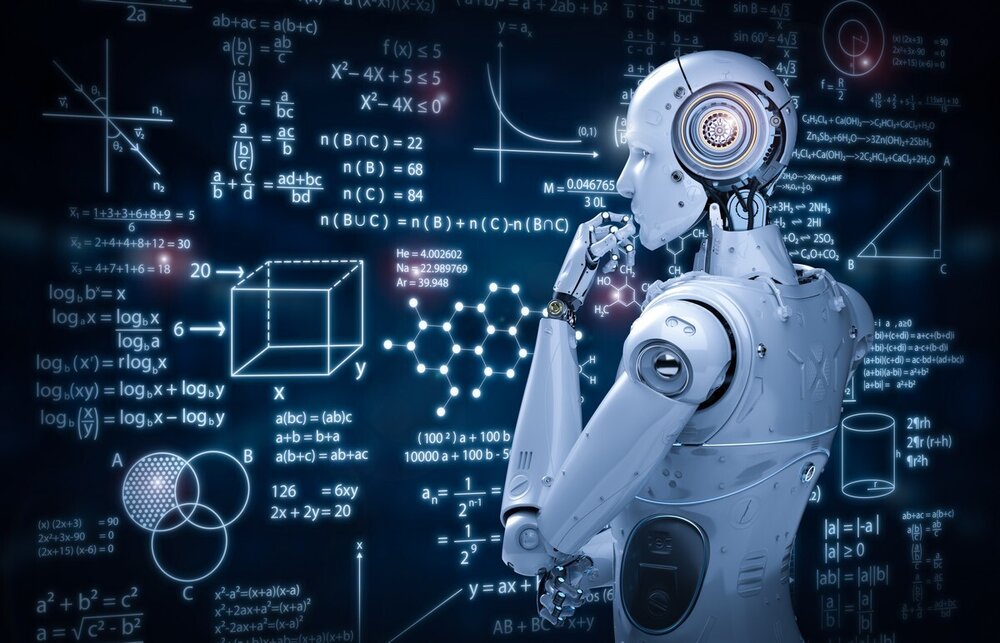
Digital tools and artificial intelligence are changing how we teach and how our students learn.
From computers, intelligent tutoring systems, AI chatbots (software applications used to simulate human-like chat conversations online), and question-answering digital teaching assistants, AI is already here!
As are personalized learning programs using machine learning (a branch of artificial intelligence that allows software applications to become more accurate at predicting outcomes without being explicitly programmed to do so[1]) to adapt to each student’s current performance. Artificial intelligence is bringing about a new age of teaching and learning from pre-K through workforce training.
But AI is not only impacting the process of teaching and learning; machine learning (ML) in the workplace is also changing what capabilities educators should cultivate and what students need to learn for their future occupation. In this article of the Next Level Learning series, we outline some ways in which AI is changing how we think about learning and working, and we discuss implications and strategies for instruction and assessment.
In 2020, the World Economic Forum predicted that by 2025 85 million jobs will be displaced in 26 countries, with some skills and occupational areas impacted more than others.[2] At the same time, 97 million jobs are forecast to emerge from new capabilities based on the changing division of labor between humans and machines.[3]
According to the McKinsey Global Institute report published earlier this year, the Covid-19 pandemic will accelerate these trends, as two-thirds of business executives say they plan to increase automation and AI investment in the coming years.[4] With advancing machines and changing jobs, what will future work and life look like for our students?